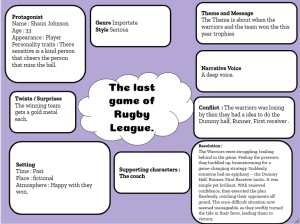Matariki is a special time in New Zealand when we celebrate the Māori New Year. It happens when a group of stars called Matariki appears in the sky. During this time, people come together to have fun, eat yummy food, and spend time with family. They look at the stars, share stories, and think about what they hope for in the future. Matariki is a happy time that makes everyone feel close and joyful.





